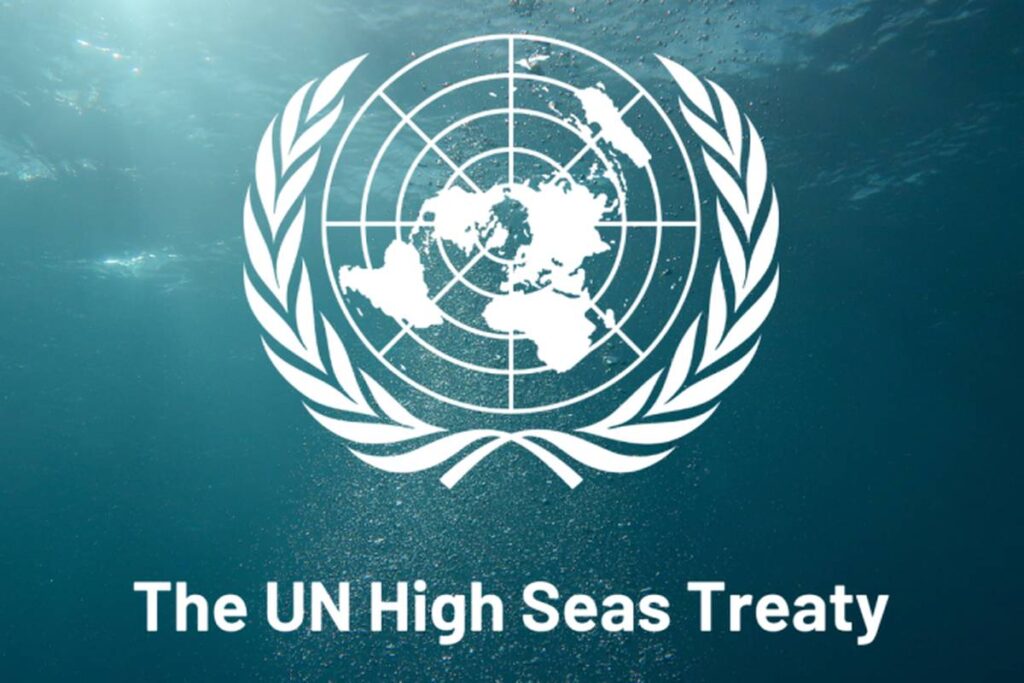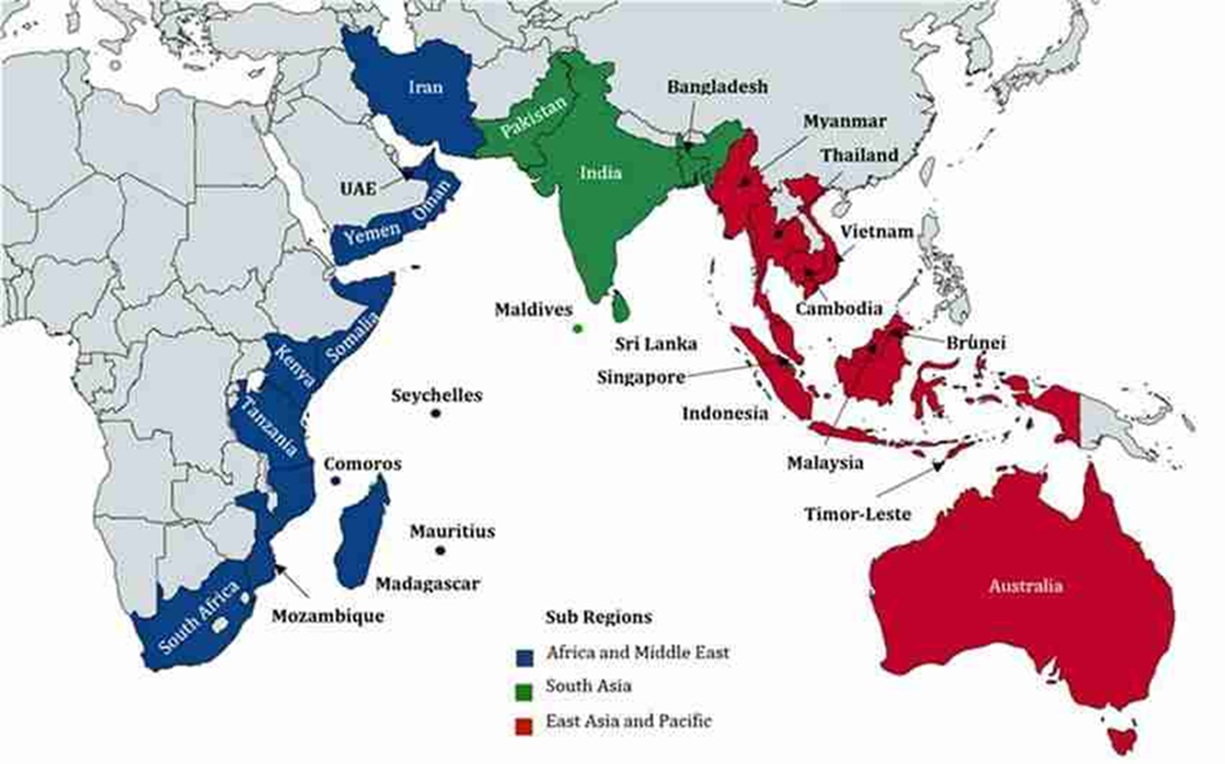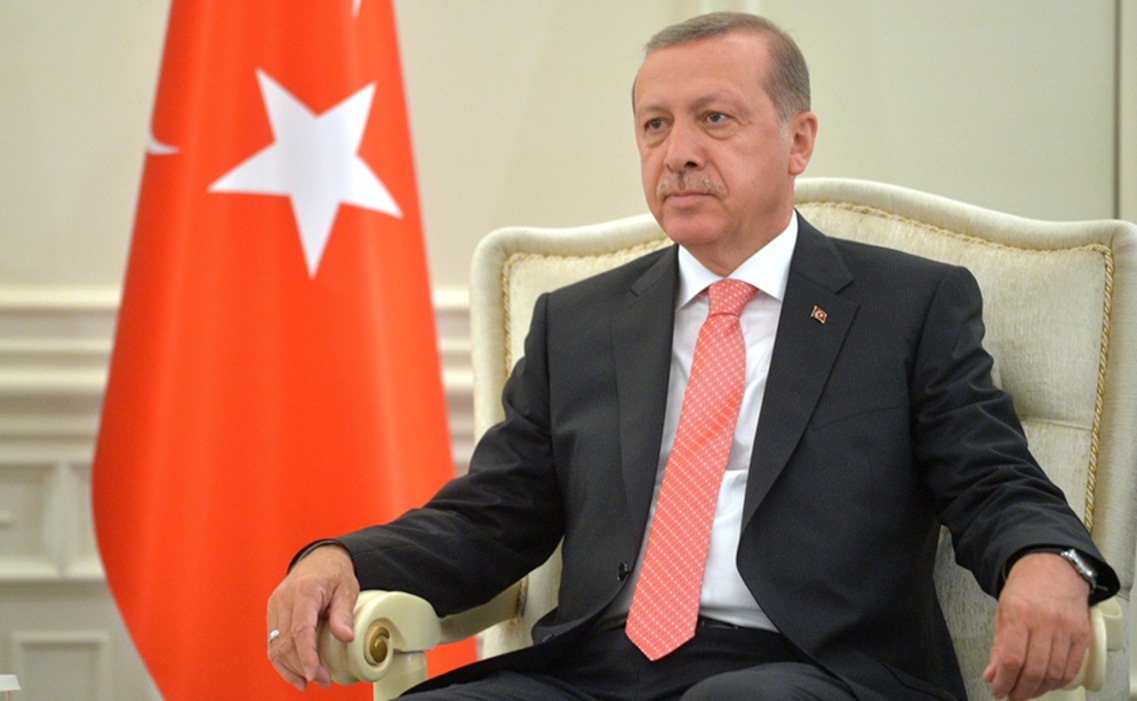The High Seas Treaty is an agreement under the United Nations Convention on the Law of the Sea on the conservation and sustainable use of marine Biological diversity of areas Beyond National Jurisdiction (BBNJ). The ‘High Seas Treaty’ is a legally binding instrument for the conservation and sustainable use of marine biological diversity of areas beyond national jurisdiction.
Hope is the pillar that holds up the world, and the hope ignited in 2023 now seeks to preserve the free flow of our waters. With the landmark High Seas Treaty reaching its long-awaited threshold last week, we are turning the tide for the future of our oceans. This milestone was secured on September 19, 2025, as the final four countries —St. Vincent and the Grenadines, Sierra Leone, Sri Lanka, and Morocco formally ratified the treaty amid deliberations of the United Nations General Assembly in New York.
A Milestone in Ocean Governance
The BBNJ Agreement, now the third implementing agreement under the United Nations Convention on the Law of the Sea, marks a decisive step in strengthening ocean governance. Anchored in the overarching goal of conserving and sustainably using marine biodiversity in areas beyond national jurisdiction, it seeks not only to protect the present but to safeguard the long-term future of our shared seas through effective application of the Convention and enhanced international cooperation.
Core Commitments for the Ocean Protection
At its heart, the Agreement tackles four critical fronts for global ocean governance. It provides a new legal framework for the governance of Marine Genetic Resources and digital sequence information (DSI) from areas beyond national jurisdiction. This framework requires the fair and equitable sharing of both monetary and non-monetary benefits from these resources, with payments directed to a special fund to assist developing states. The treaty then provides a legal process for the establishment of area-based management tools such as marine protected areas (MPAs), which are designed to manage activities within specific geographical areas for conservation purposes. The Agreement also requires the use of environmental impact assessments for planned activities in areas beyond national jurisdiction. The goal is to identify, evaluate, and prevent potential adverse impacts on the marine environment. Parties are required to screen activities and conduct an EIA if there is a risk of significant harm. Finally, it emphasises the promotion of capacity building alongside the transfer of marine technology to help all states, particularly developing ones, implement the treaty’s provisions and participate in conservation efforts.
Turning Commitments into Action
Beyond these core provisions, it addresses cross-cutting issues, sets up a funding mechanism, and creates robust institutional structures, including a Conference of the Parties, Subsidiary bodies, a Clearing-House Mechanism, and a permanent secretariat, ensuring that commitments are not merely aspirational but actionable.
Secretary General António Guterres called it a “historic achievement for the ocean and for multilateralism,” while UN Environment Programme Executive Director Inger Andersen hailed it as a vital step to safeguard humanity’s future. With the 120-day countdown now underway to the treaty’s entry into force on January 17, 2026, the agreement provides a global framework to meet biodiversity targets, including the 30 percent protection goal under the Kunming-Montreal Global Biodiversity Framework, and Guterres reminded the world, “the ocean’s health is humanity’s health.”
From Vision to Tangible Realisation
Looking back at the vision set forth in 2023, it is striking to see how the early ambitions have begun to move toward tangible realisation. Observing the treaty cross critical thresholds, including Morocco and Sierra Leone’s ratifications, makes clear that the aspirations highlighted then, like the legal protection of two-thirds of the world’s oceans, the establishment of marine protected areas, and equitable sharing of marine genetic resources, are no longer just promises on paper but are becoming actionable commitments.
A New Era of Ocean Stewardship
From the vision outlined in 2023 to the threshold of ratifications in 2025, the High Seas Treaty embodies decades of ambition and negotiations. Its entry into force in January 2026 will mark the beginning of a new era of ocean stewardship, one that requires vigilance, cooperation, and enduring commitment from every nation. After all, protecting the oceans is not just an environmental responsibility but a shared investment in the future of life on earth.
Conclusion
As reflected in my earlier 2023 analysis, the aspiration kindled by the prospect of the High Seas Treaty was both ambitious and necessary. Today, that vision has moved from concept to action, reminding us that the oceans are more than a resource; they are the lifeblood of our planet. The treaty provides the framework, but its impact will be measured by the choices we make in how we explore, fish, and steward these shared waters. Beyond legal commitments, it calls for a collective ethic and recognition that no single nation can safeguard the high seas alone. Protecting the oceans is inseparable from protecting ourselves. In safeguarding these interconnected waters, we safeguard life itself. The treaty is more than ink on paper; it is a promise to the oceans and to ourselves. Its legacy will be defined by the enduring choices humanity makes, and the legacy of our actions will ripple far beyond the tides we see today.
Title Image Courtesy: Arctic Change
Disclaimer: The views and opinions expressed by the author do not necessarily reflect the views of the Government of India and the Defence Research and Studies










